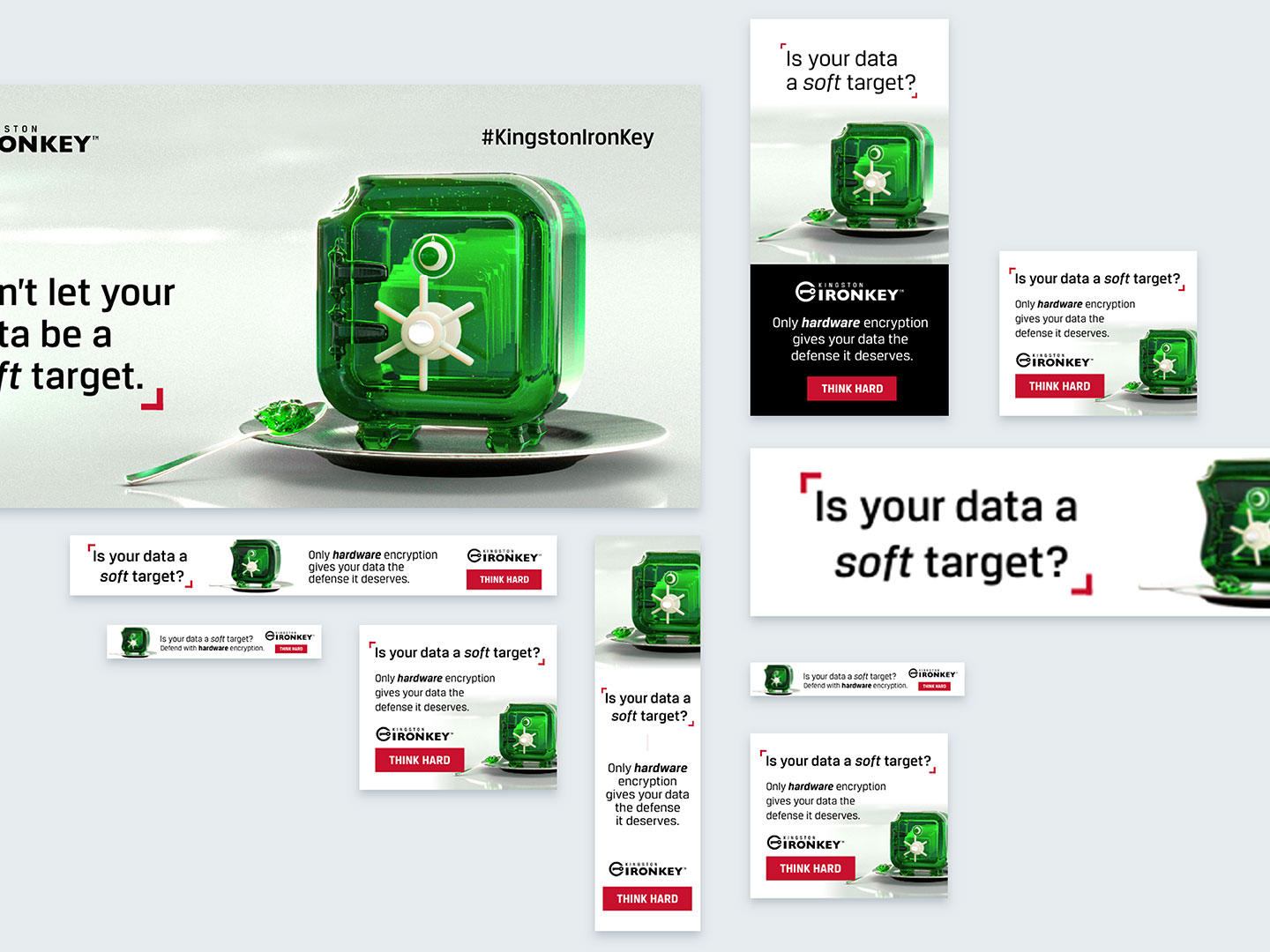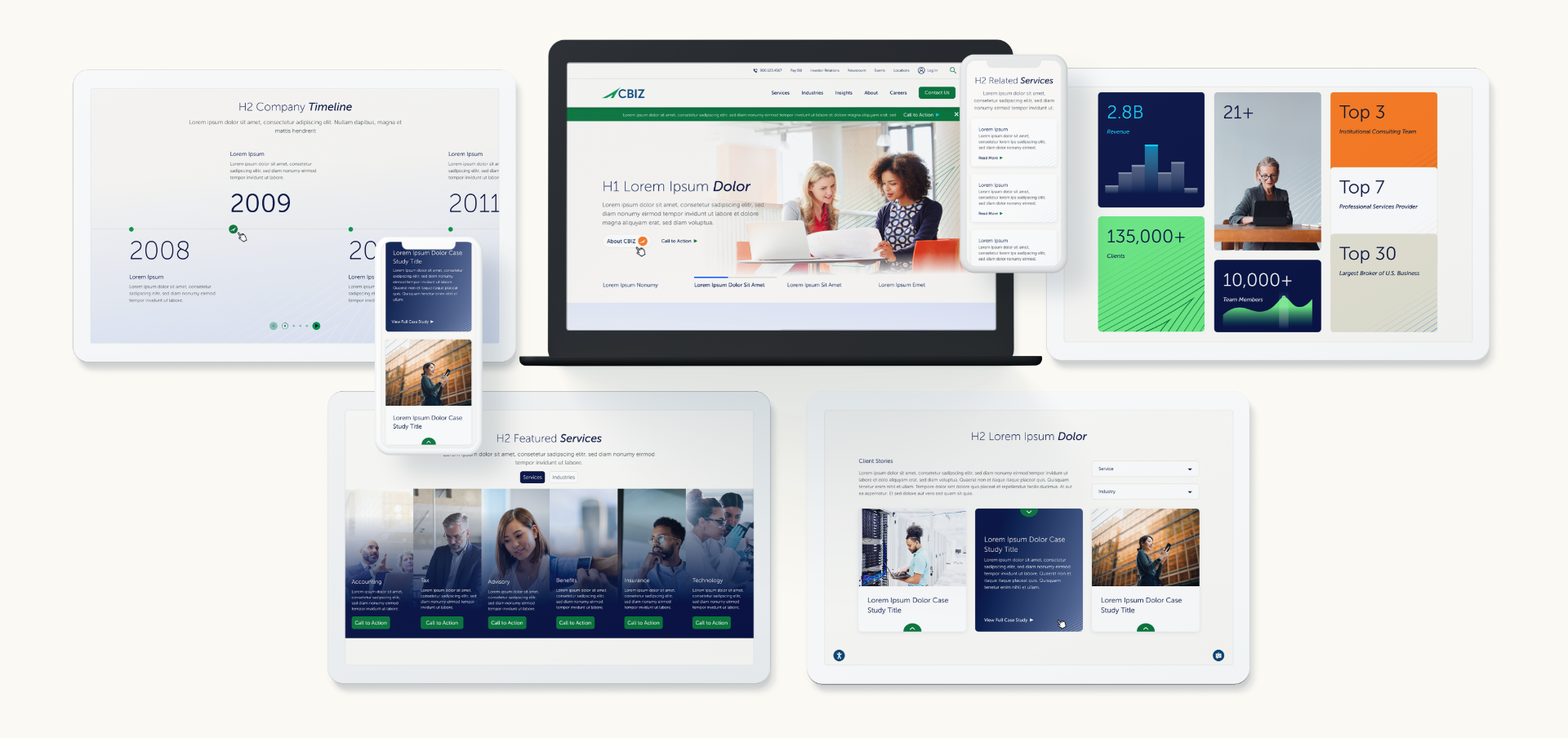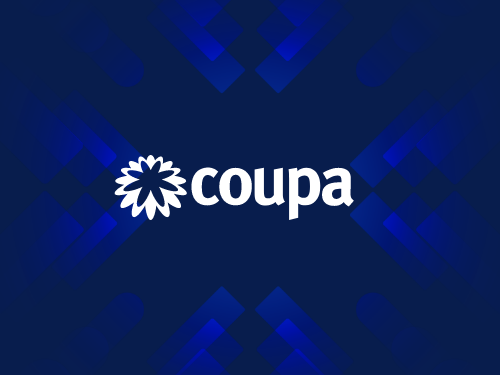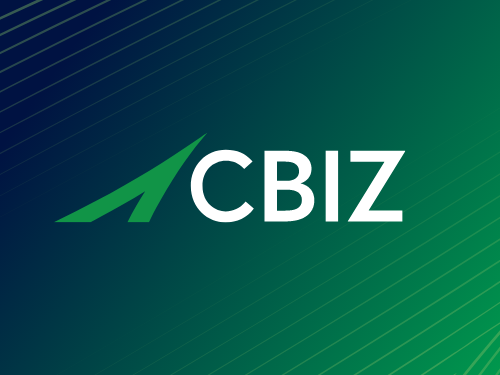Why Scalability Matters in Modern Marketing
As businesses grow, so do the demands on their marketing teams. What worked for a scrappy startup often doesn’t hold up as operations scale. Without a scalable marketing framework in place, growth can lead to inefficiency, misalignment, and missed opportunities. Scalability isn’t just about handling volume—it’s about maintaining quality and agility at every stage.
Core Elements of a Scalable Marketing Framework
A scalable framework begins with four pillars: strategy, content, automation, and analytics. These components work together to ensure your marketing can flex and evolve as your business expands.
- Strategy: Defined objectives, target audiences, and brand positioning.
- Content: Modular content that can be repurposed and localized.
- Automation: Workflows and tools that save time and eliminate redundancy.
- Analytics: Real-time insights to guide optimization and prove ROI.

Build Once, Deploy Often: Scalable Content Structures
Content should be built to last. That means creating core assets that can be reused across channels and adapted for different markets or audiences. Whether it’s a hero video, a product one-pager, or a blog series, every asset should be part of a broader system, not a one-off.
Localization and personalization are also key. With the right structure, you can adapt content at scale without starting from scratch every time.
Tech Stack Considerations for Marketing Growth
The right tools can supercharge your scalability. Look for platforms that are integratable, user-friendly, and designed to grow with your business. CRMs like HubSpot or Salesforce, marketing automation platforms like Marketo or Pardot, and content management systems like WordPress or Drupal are foundational.
Data integration across these systems ensures smoother workflows and more actionable insights.

Organizational Design for Marketing Scalability
Scalability isn’t just about tools—it’s about people and processes too. As your marketing team grows, it’s critical to define clear roles, document workflows, and encourage cross-functional collaboration. Outsourcing or agency partnerships can also help fill resource gaps while maintaining velocity.
Case in Point: Bluetext’s Approach to Scalable Strategy
At Bluetext, we work with growing companies to build marketing frameworks that are as nimble as they are powerful. From startup scale-ups to global enterprises, we design marketing systems that drive efficiency, adaptability, and sustained impact.

Is Your Marketing Built to Scale?
Let Bluetext help you develop a scalable marketing framework that evolves with your business. Get in touch now.





